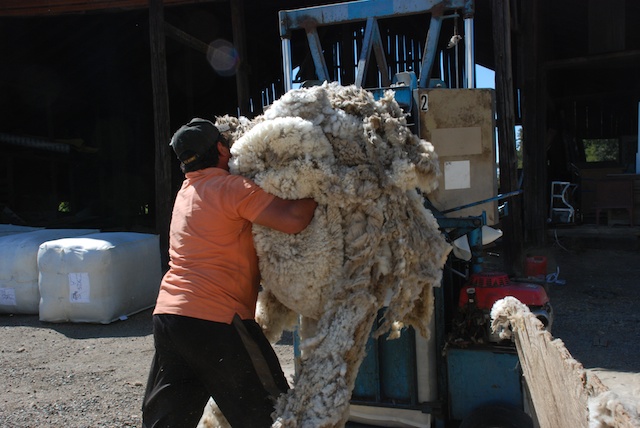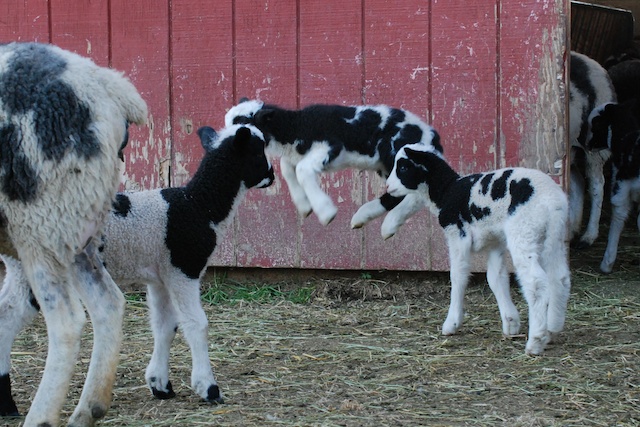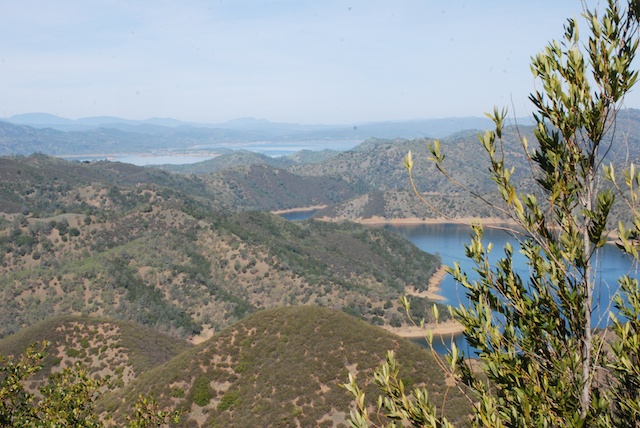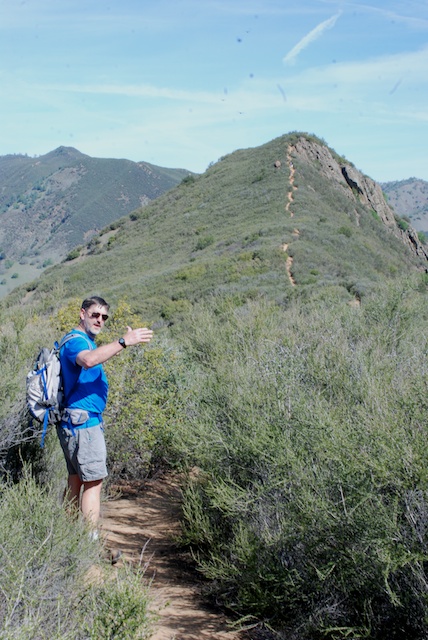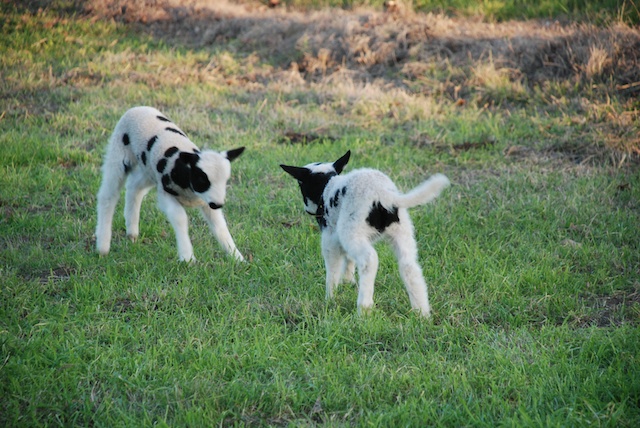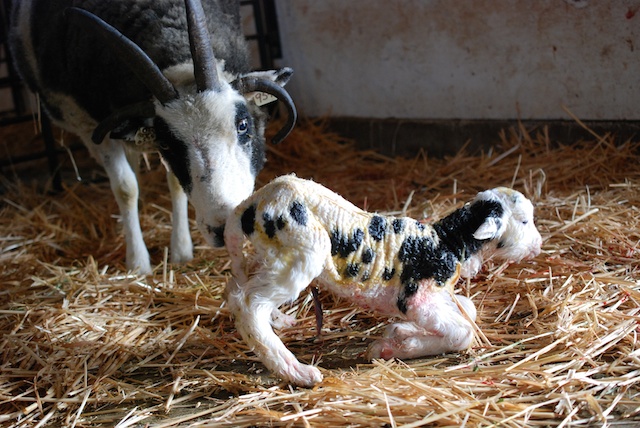Meet the Sheep
/Our annual spring open house on Saturday was a huge success.  This event couldn't happen without the help of Farm Club members and, this year, the Davis Spinners' Guild (DSG). Farm Club members were here on Friday for set-up and showed up early Saturday for last minute touches.
This event couldn't happen without the help of Farm Club members and, this year, the Davis Spinners' Guild (DSG). Farm Club members were here on Friday for set-up and showed up early Saturday for last minute touches. 
 There are a variety of sheep related displays.
There are a variety of sheep related displays. But the biggest attractions are the animals and the demos.
But the biggest attractions are the animals and the demos. Julie's 3-week old Angora bunnies were very popular...
Julie's 3-week old Angora bunnies were very popular...
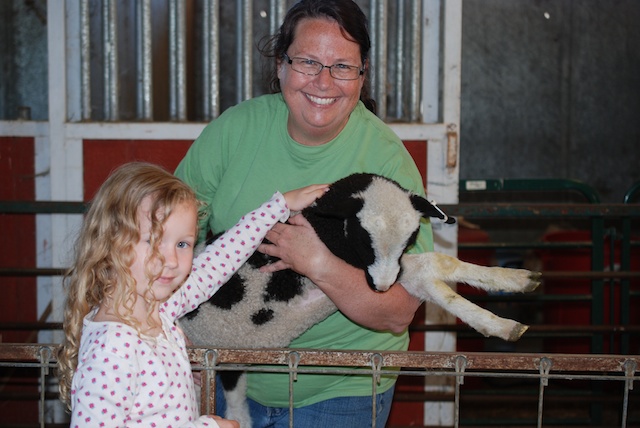 …as were the lambs. FC member, Mary held lambs for people all day (and suggested that next year we use smaller lambs!).
…as were the lambs. FC member, Mary held lambs for people all day (and suggested that next year we use smaller lambs!).
 Jazz, mom of the triplets that were out for people to pet, made herself just as popular, calling to people to come back and continue petting.
Jazz, mom of the triplets that were out for people to pet, made herself just as popular, calling to people to come back and continue petting.
As popular as the animals, were the demonstrations scheduled throughout the day. This is Farm Club (and DSG) member, Alison, showing her passion for...
This is Farm Club (and DSG) member, Alison, showing her passion for... cleaning fleece with a fermented suint vat.
cleaning fleece with a fermented suint vat. Vera, of the Davis Spinners' Guild, demonstrated use of the blending board...
Vera, of the Davis Spinners' Guild, demonstrated use of the blending board...
Kathleen, FC and DSC member wove with an audience all day. Many people brought their wheels and spent the day spinning.
Many people brought their wheels and spent the day spinning.
FC member, Lisa, always has a carrot for Amaryllis.  She and Dona (who took some of these photos) demonstrated needle felting.
She and Dona (who took some of these photos) demonstrated needle felting.
 Dona, Jackie,and Colleen offered items for sale.
Dona, Jackie,and Colleen offered items for sale.
Of course my shop was open and there were even sheep inside!
There was much more going on and many more people helping then I have in photos here. Thanks to all of them. There are no photos of Rusty in this post but he wrote his own and you can find out what he thought of the day here.



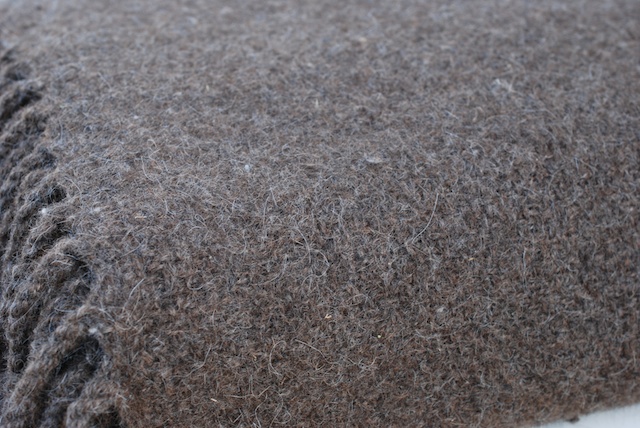
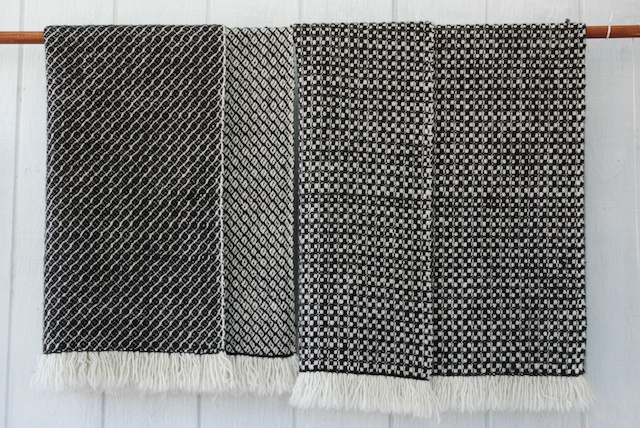








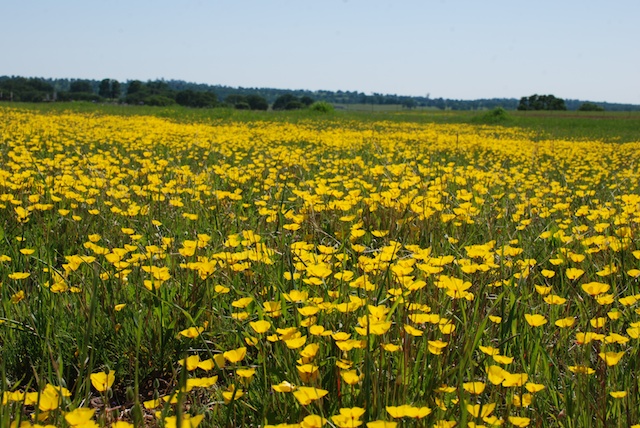
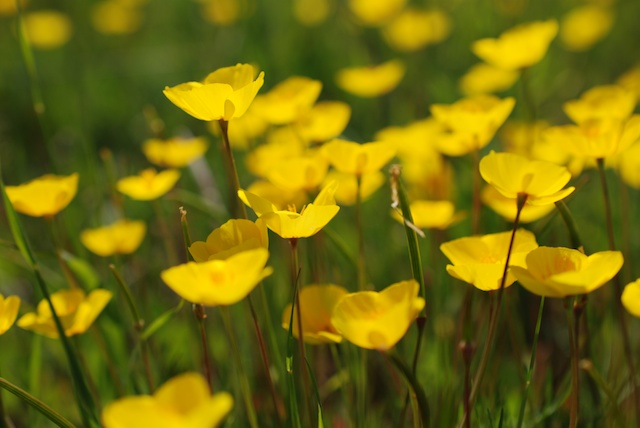






 When I saw this popcorn flower popped into my head (unintentional pun) but I don't know if that is correct.
When I saw this popcorn flower popped into my head (unintentional pun) but I don't know if that is correct. And what about this one? A Brodiea species?
And what about this one? A Brodiea species?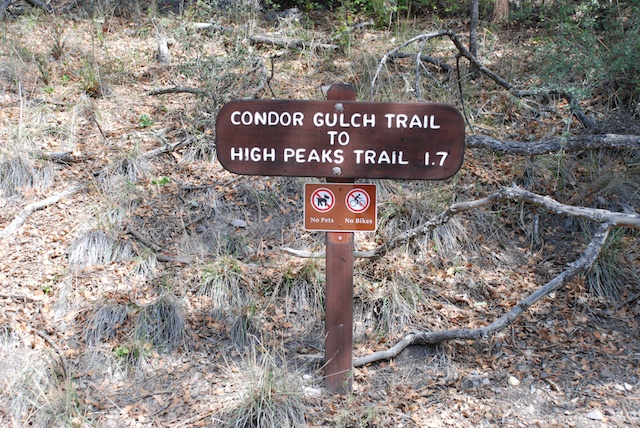








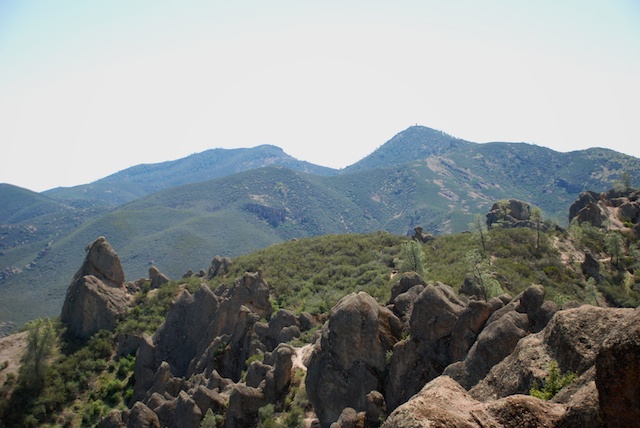



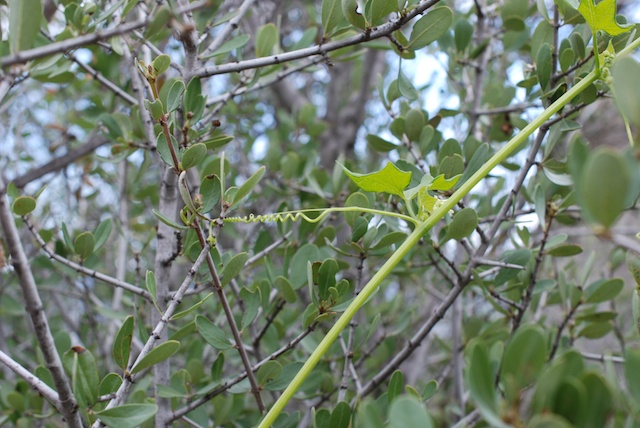








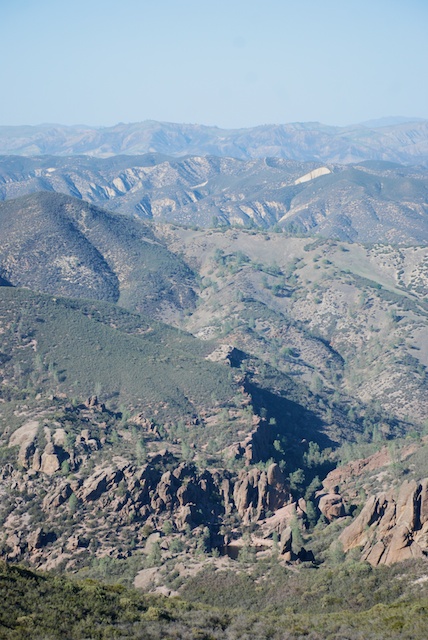



 We used this one-night camping trip as a trial run to see how we liked sleeping in the old green truck because we are thinking about a road trip during the summer. It wasn't like home, but was much better than sleeping in the back of the Explorer at the Grand Canyon a few years ago.
We used this one-night camping trip as a trial run to see how we liked sleeping in the old green truck because we are thinking about a road trip during the summer. It wasn't like home, but was much better than sleeping in the back of the Explorer at the Grand Canyon a few years ago.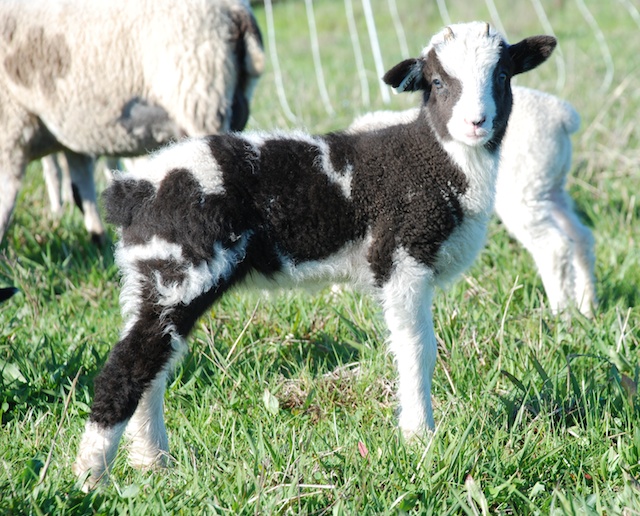

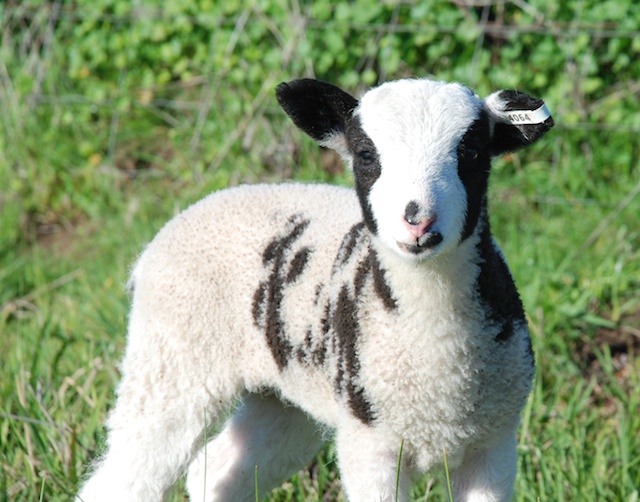




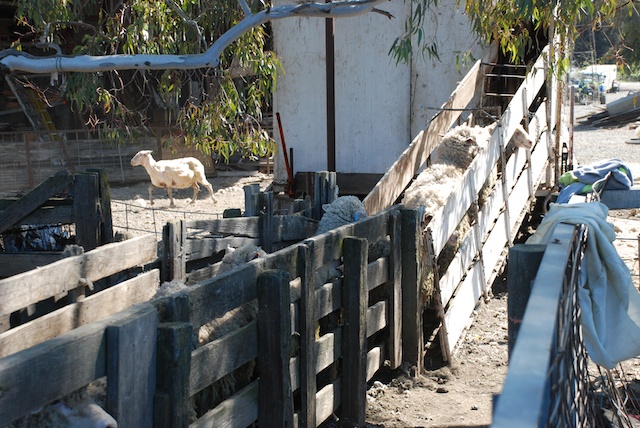 The sheep are gathered at the back of a trailer that is hauled from ranch to ranch with all the gear. They go up the chute with the encouragement of...
The sheep are gathered at the back of a trailer that is hauled from ranch to ranch with all the gear. They go up the chute with the encouragement of...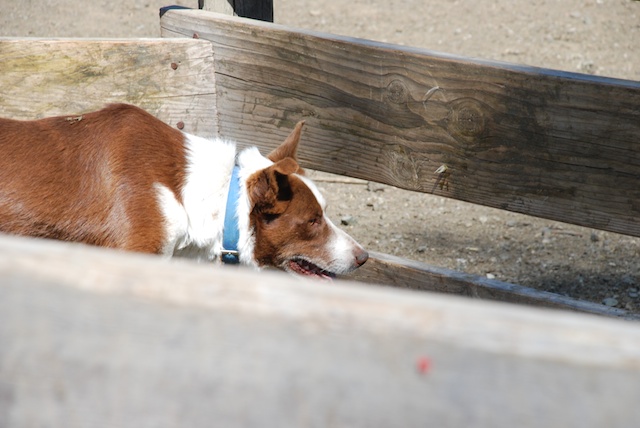
 Here is a view from the other end of the trailer. That sheep in front hangs out for awhile in that position because the other sheep are more likely to go forward if they see a sheep in front of them. Notice how the sheep walk on a raised alleyway while the freshly shorn fleeces are shoved out of the trailer below them.
Here is a view from the other end of the trailer. That sheep in front hangs out for awhile in that position because the other sheep are more likely to go forward if they see a sheep in front of them. Notice how the sheep walk on a raised alleyway while the freshly shorn fleeces are shoved out of the trailer below them.









